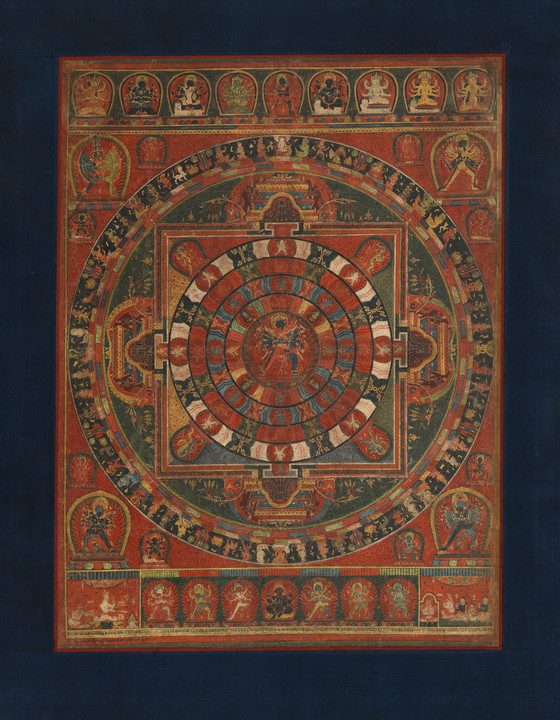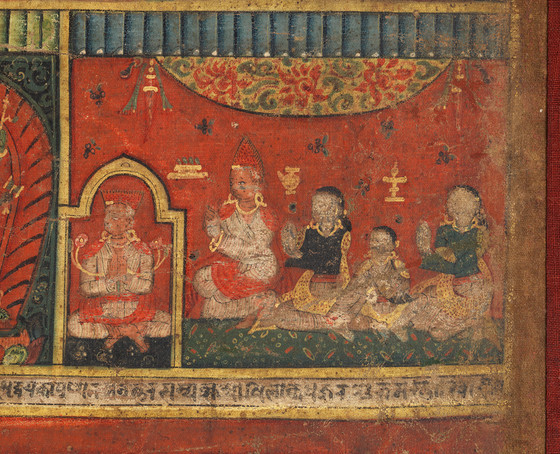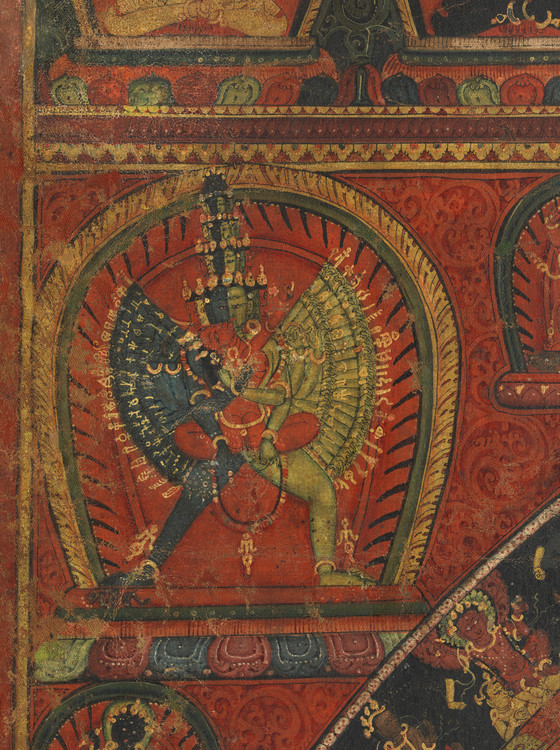Mandala of the Buddhist Deity Chakrasamvara












Please log in to add this item to your gallery.
View comments
No comments have been posted yet.
Add a comment
Please log in to add comments.
Please log in to add tags.
* Nearly 20,000 images of artworks the museum believes to be in the public domain are available to download on this site.
Other images may be protected by copyright and other intellectual property rights.
By using any of these images you agree to LACMA's Terms of Use.
Mandala of the Buddhist Deity Chakrasamvara
Nepal, Dated 1490
Paintings
Mineral pigments on cotton cloth
46 x 34 5/8 in. (116.84 x 87.94 cm)
Museum Acquisition Fund (M.73.2.1)
Currently on public view:
Resnick Pavilion, floor 1
Resnick Pavilion, floor 1
Since gallery displays may change often, please contact us before you visit to make certain this item is on view.


